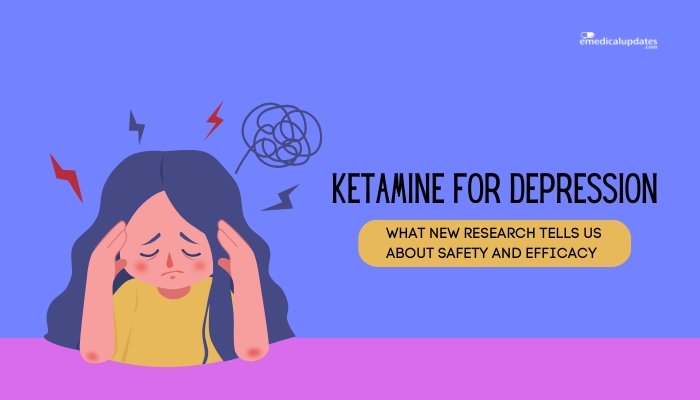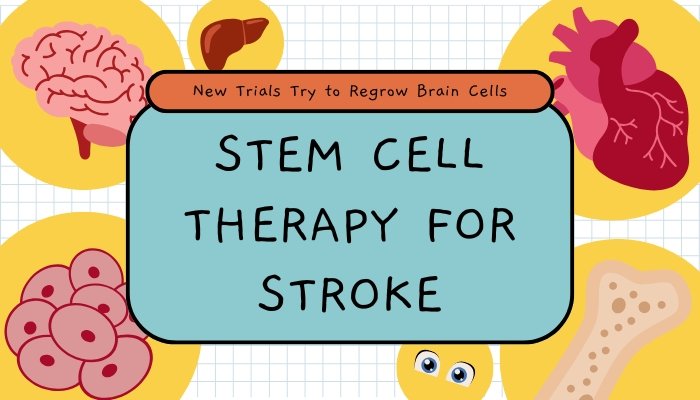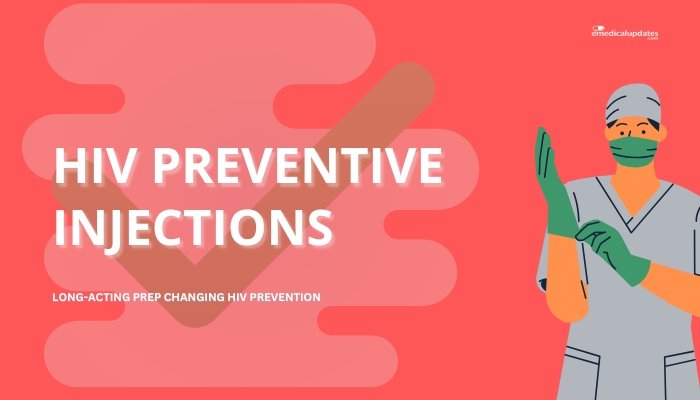Introduction
Though traditionally an anesthetic, ketamine has proven to be a surprising ally against stubborn depression. New findings show rapid mood improvements in some patients where standard antidepressants falter.
Yet questions remain regarding its optimal usage, potential side effects, and long-term safety. In this article, we explore how ketamine for depression works, what the latest research reveals about its effectiveness, and the considerations for integrating it into mental health care.
What Is Ketamine and Why Is It Used for Depression?
Origins and Mechanism
- Anesthetic Roots: First approved decades ago as a dissociative anesthetic, ketamine quickly reached widespread use in emergency medicine.
- NMDA Receptor Blockade: It targets glutamate pathways, possibly enhancing synaptic plasticity and rapidly reducing depressive symptoms, unlike typical SSRIs that focus on serotonin.
- Rapid Action: Patients sometimes experience relief in hours, a stark contrast to the weeks typical of standard antidepressants.
Standard vs. Esketamine
Ketamine for depression often uses intravenous (IV) administration of racemic ketamine. The FDA also approved esketamine (Spravato), a nasal spray derived from ketamine’s S-enantiomer, for treatment-resistant depression.
Key Research Findings
Rapid Reduction in Symptoms
Large, rigorous studies show that a single ketamine infusion can yield:
- Notable Drop in depression scores within 24 hours.
- Short-term Relief that may last days or weeks, requiring repeated or maintenance sessions for sustained benefit.
Phase II/III Trials
- Treatment-Resistant Depression: Many participants previously unsuccessful on multiple antidepressants found success with ketamine or esketamine.
- High Response Rates: A significant portion of subjects achieve partial or full remission, though not all respond.
- Integration With Therapy: Some trials combine ketamine sessions with psychotherapy, possibly extending or enhancing its mood improvements.
How Treatment Is Administered
Infusion Protocol
In medical clinics, patients receive low-dose IV ketamine over ~40 minutes. They remain under observation, typically in a calm environment. Sessions often occur weekly or every few weeks, adjusting frequency based on individual responses.
Esketamine Nasal Spray
This route is delivered in certified centers. Patients self-administer under supervision, then stay for post-dosage monitoring (about two hours) to manage possible sedation or elevated blood pressure.
Safety Precautions
Clinics monitor vital signs and mental status due to ketamine’s dissociative effects, ensuring patients won’t drive or work immediately afterward. Potential adverse events like increased heart rate, blood pressure spikes, or psychological distress must be managed.
Potential Side Effects and Concerns
Short-Term Adverse Effects
- Dissociation: Feeling detached from one’s body or surroundings, typically subsiding within an hour post-infusion.
- Elevated Blood Pressure/Pulse: Usually mild, but caution is needed in patients with cardiovascular risks.
- Nausea, Headache: Common but often manageable with prophylactic meds.
Long-Term Safety
While many do well, unknowns remain:
- Dependency: Ketamine can be abused recreationally, raising potential for misuse if not properly controlled.
- Cognitive Impacts: Prolonged usage might affect memory or executive function—research is ongoing to confirm or refute this.
- Urinary Issues: High, frequent doses can cause bladder irritation, but typical depression protocols use relatively low amounts.
Relapse After Discontinuation
Symptom relapse can occur if ketamine is stopped. Some patients require maintenance sessions or alternative therapies to preserve gains. More data is needed on how best to transition or taper from ketamine protocols.
Future Outlook and Implementation
Expanding Access
Ketamine or esketamine therapy often remains restricted to specialized clinics due to cost, staffing, and regulatory frameworks. Expanding coverage by insurance and more centers offering guided treatment could improve accessibility.
Refining Protocols
Researchers continue exploring:
- Optimal Dosing Schedules: Minimizing side effects and cost, while preserving efficacy.
- Biomarkers: Identifying patients most likely to respond, avoiding trial-and-error.
- Combination Approaches: Pairing ketamine with other meds, transcranial magnetic stimulation, or talk therapy for synergy.
Ongoing Clinical Trials
Dozens of studies around the world further test ketamine’s value in subpopulations—such as bipolar depression, postpartum depression, or suicidal ideation—and compare it with emerging alternatives (like psilocybin).
Frequently Asked Questions
- How quickly does ketamine relieve depression?
- Many patients see improvement within hours or a few days, much faster than SSRIs or SNRIs.
- Is ketamine therapy covered by insurance?
- Policies vary. Some insurers partially cover the cost under treatment-resistant depression guidelines, especially for FDA-approved esketamine.
- Can I drive or work after ketamine infusion?
- Typically no. Due to sedation or dissociation, patients should arrange transportation and rest for the remainder of the day.
- Is it the same as recreational ketamine use?
- Medical use differs in dose, setting, and supervision to ensure safety and monitored therapy. Recreational misuse lacks these safeguards.
- Does ketamine cure depression?
- It can provide rapid relief and remission for many, but full cure definitions vary. Maintenance or combination treatments may still be needed.
Conclusion
Ketamine therapy offers a significant breakthrough for those battling severe or resistant depression, delivering results in days rather than weeks. Its unique mechanism—modulating glutamate pathways—opens possibilities for rapid, transformative improvements in mood. Yet this potential comes with important caveats: sessions must be carefully supervised, cost and availability remain hurdles, and long-term outcomes are still being clarified. As research and clinical practice advance, ketamine is forging a new path in psychiatric care, illuminating that beyond the standard serotonin-focused treatments lies a more diverse, potentially more powerful arsenal against debilitating depression.
References
-
- Zarate CA, et al. (2006). “A randomized trial of an N-methyl-D-aspartate antagonist in treatment-resistant major depression.” Arch Gen Psychiatry.
-
- Wilkinson ST, et al. (2018). “Safety and tolerability of repeated intravenous ketamine for depression.” JAMA Psychiatry.
-
- Daly EJ, et al. (2019). “Efficacy of esketamine nasal spray plus oral antidepressant treatment for major depressive disorder with suicidal ideation.” Am J Psychiatry.
-
- Schatzberg AF. (2022). “Ketamine and esketamine in depression: new frontiers.” Biol Psychiatry.




